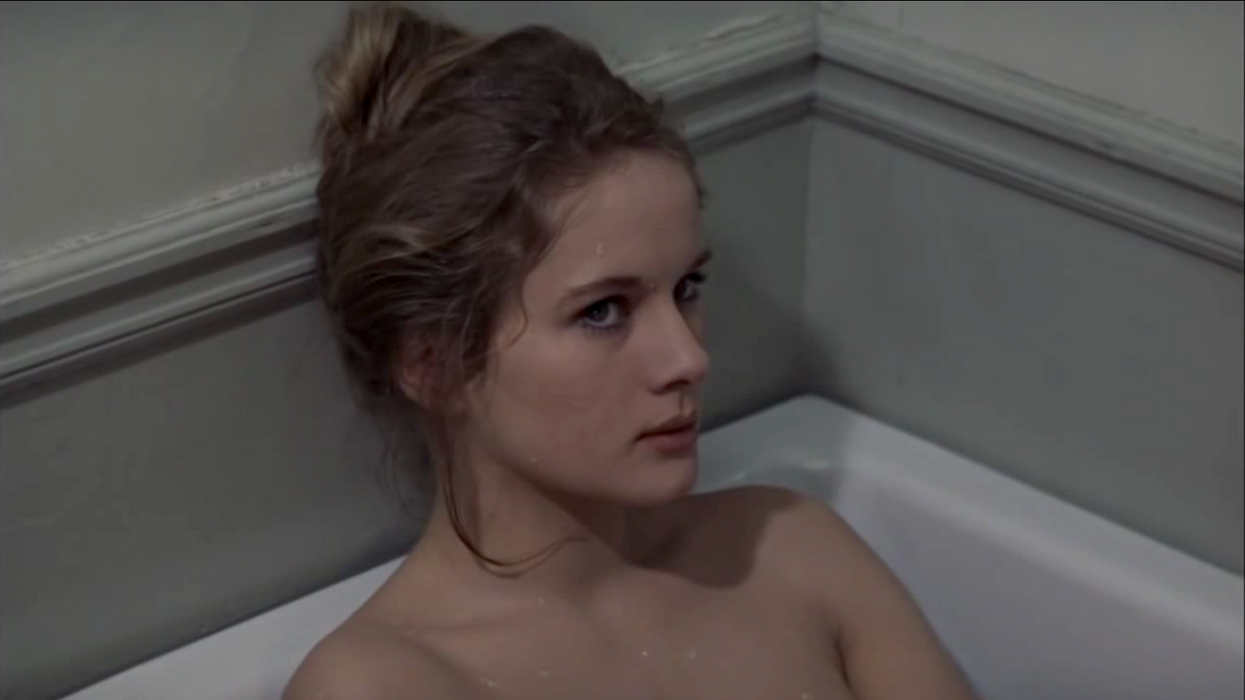Watch: Robert Bresson Shows How 'Less is More' Creates Sophisticated Drama
A new video essay about Robert Bresson examines the art of withholding information in the service of drama.

The key thing to appreciate when watching the films of Robert Bresson is their powerful elegance, argues Julian Palmer in his latest video essay.
Bresson's films accomplish a tremendous amount with what seems, on screen, to be very little: A single image. A single gesture. An unmoving camera. These elements tell the story more powerfully than loads of special effects or explosions.
The act of withholding can increase the dramatic weight of a scene.
Intelligent filmmakers will make their films in a way that lets viewers' intelligence go to work, putting together the puzzle from whatever pieces the filmmaker deems it best to provide. Below are some of Bresson's "less is more" techniques that would be useful to study.
Keep it Spare
Palmer uses as an example the opening of A Man Escaped, in which a few images, watched in succession, tell us a rather complex story of a prisoner who plans to escape from the backseat of a car, tries, and fails, all within a few seconds—and all with a tremendous amount of subtext and backstory. The information is communicated without dialogue and with only the slowest, smallest movements of the camera.
If you have a complicated situation to present in a scene, the scene will be more affecting and longer-lasting if you eliminate needless elements from it and try to convey only the essentials.
Study Objects
In Bresson's films, often the objects in a scene are shown to tell the story. Palmer gives several examples, such as that of Pickpocket, in which what we notice about a physical item in a scene, such as a handkerchief or a wristwatch which ends up in a thief's hand, tells us a huge amount about what is going on in a film. This functions as a sort of visual shorthand which we absorb almost without realizing it.
Sometimes simply training the camera on the outward trappings of a scene is all that is necessary to communicate the scene's particular message.
Delay the Reveal
Palmer points out that Bresson often presents actions to viewers before actually showing the people who commit those actions (or bear the brunt of them). In one case, a group of prisoners read a sad letter, finally handing it to the prisoner who originally received it; in another, a death sentence is handed off, but all we see is the back of the person giving the sentence.
The act of withholding can increase the dramatic weight of a scene.
Cut Beyond the Chase
We see numerous instances here in which Bresson has dispensed with steps in a narrative to tell the story more effectively, amounting to the condensing of several months into a few seconds of screen time. A famous example, shown here, occurs in Pickpocket, in which Michel leaves Paris, goes abroad in Europe, plies his trade, spends too much money, and returns, having changed his M.O. very little—all in just a few shots.
Use Sound Sparingly
Bresson often delays the final release of narrative information until the end of a film, and it is often accompanied by music. He also mentions that, late in his career, Bresson began to dispense with traditional soundtracks altogether, only using diegetic, or scene-specific music, into his films, and the effect was much greater. We see here a scene from The Devil Probably, in which a character on the verge of death (by assisted suicide on a rooftop) is stopped in his tracks by the gentle sound of piano music. As viewers hear that music along with the figure onscreen, their sympathies are magnified a thousandfold.
Featured image from Robert Bresson's 'The Devil, Probably' (1977)











